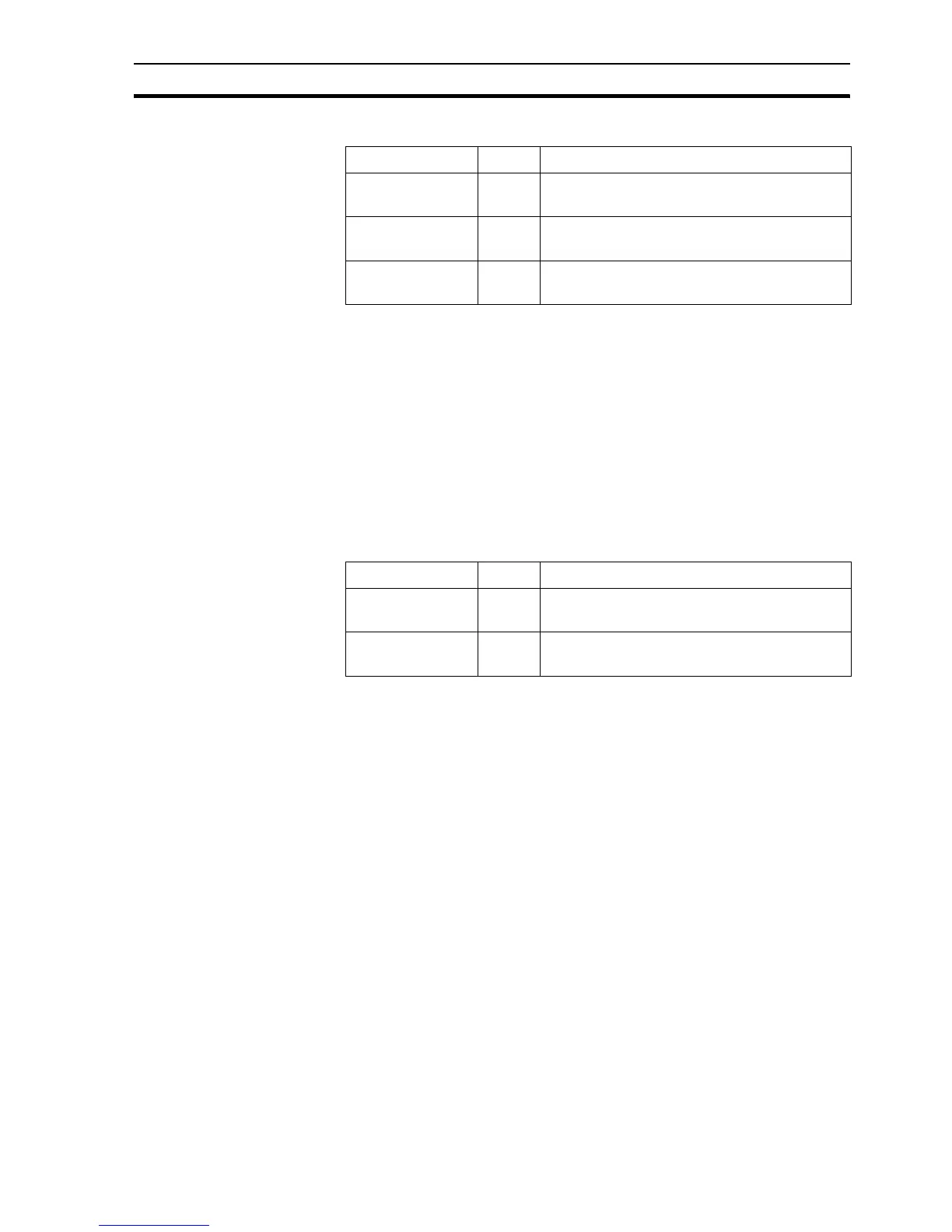Graph Commands Appendix D Obsolete Features
149
Remarks
Typical Examples
StopGraph("Graph_1", "TestPage1")
The trend or scatter graph on 'TestPage1' with the identifier 'Graph_1' has its
data logging stopped.
StopGraph("Graph_2")
The trend or scatter graph on the current page with the identifier 'Graph_2' has
its data logging stopped.
D.4.4 EditGraph
Syntax
returnstate = EditGraph("graphid")
Remarks
Typical Example
EditGraph("Graph_1")
The Edit Graph dialog is displayed offering options to view historical data for
the chosen trend graph.
• Display Data loads the currently selected data sample i.e. either the
current screen data or a snapshot of the data, into the trend graph.
• Snapshot stores the current data buffer associated with the trend graph.
The snapshot is given a time stamped default description.
• Description provides the ability to change the description associated with
the snapshot.
• Import Data provides the ability to load in a previously saved trend graph
file.
• Export Data provides the ability to store a snapshot to a file, either in
internal CX-Supervisor format, or as a text file that can be imported into
other applications.
• Delete removes the currently selected snapshot.
Argument Type Description
returnstate bool Returnstate is '1' if the function is successful, or
'0' otherwise.
graphid string The identifier of the trend or scatter graph to be
stopped.
pagename string Optional parameter indicating the name of the
page that the graph is on.
Argument Type Description
returnstate bool Returnstate is '1' if the function is successful, or
'0' otherwise.
graphid string The identifier of the trend or scatter graph to be
edited.
Note: This command is provided for compatibility with SCS v2.0 applications.
For newer applications the data logging facilities should be used in
preference.
Note: This command can only be used if the trend is set to log to a file.

